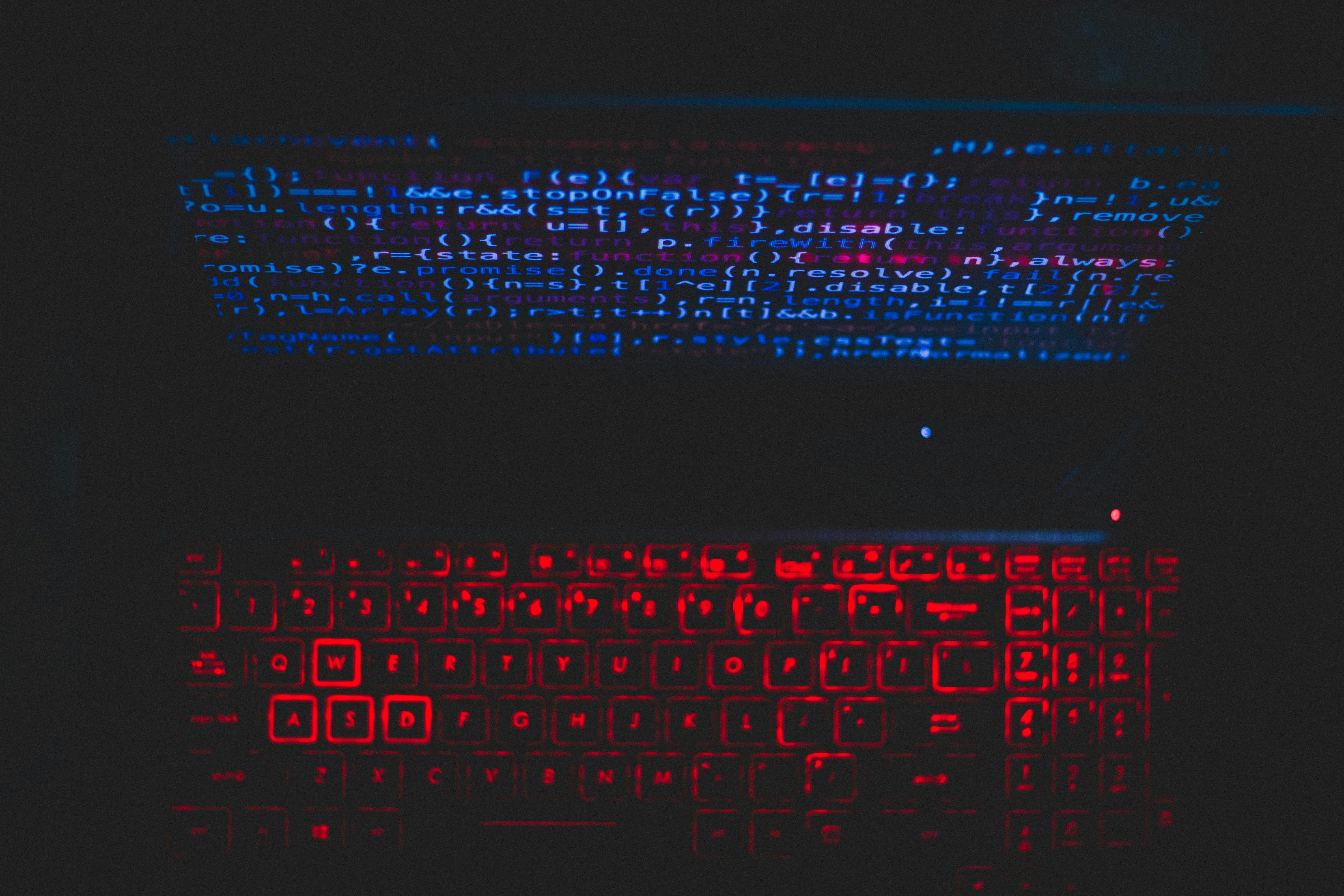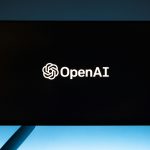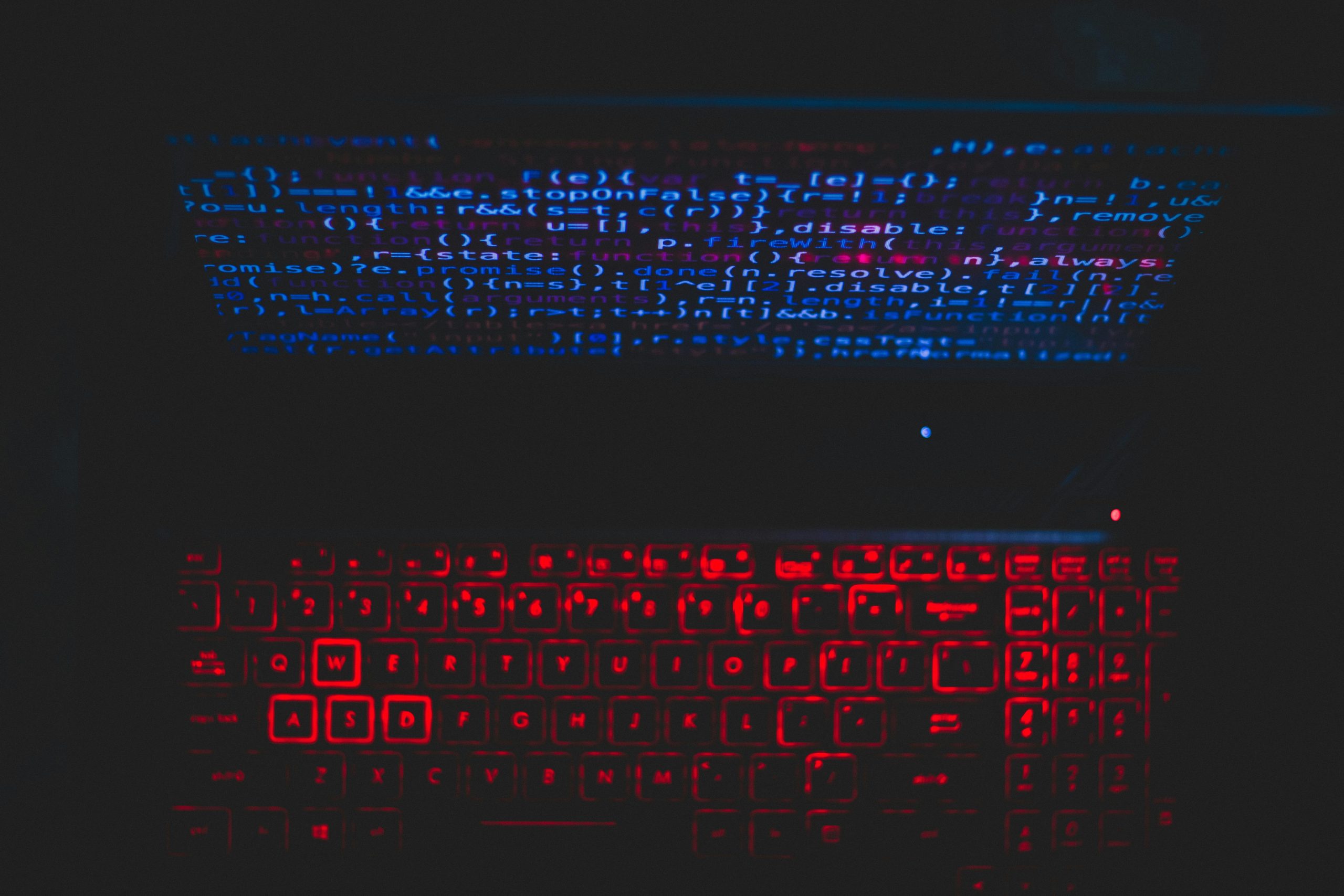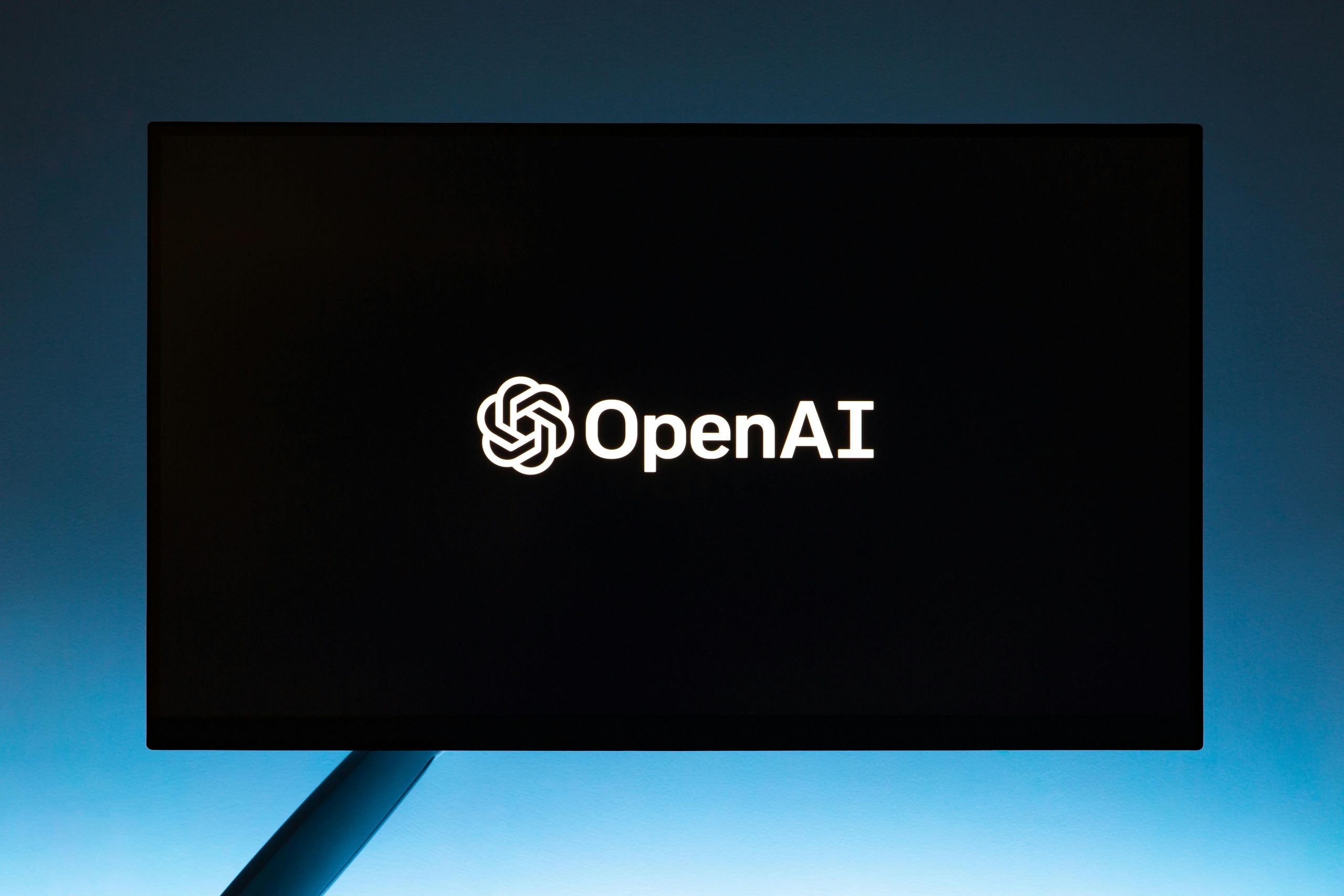
Future Trajectories and The Next Horizon of Generative Tools
Looking ahead, the next frontier for this technology involves moving the AI beyond mere code generation toward genuine, high-level architectural decision-making. Current systems excel at implementing known patterns, but future iterations are expected to demonstrate superior reasoning about long-term scalability, multi-cloud deployment strategies, and complex microservice orchestration. This evolution is already showing itself in the foundational models of 2025, where specialized reasoning engines are being integrated directly into the core LLM structure.
Anticipated Advancements in Architectural Reasoning
Researchers are focused on training models to understand the trade-offs between various database technologies (SQL versus NoSQL, in-memory caches versus persistent storage) based on inferred latency requirements and data consistency needs described abstractly by the user. We are seeing the early manifestation of this in models configured for deep, logical reasoning, often trained with a “think before they speak” methodology, interleaving reasoning with tool use, such as code execution environments. Models like those released in the DeepSeek V3 family, utilizing innovations like Mixture-of-Experts (MoE) architecture, are significantly more efficient at inference time for complex problem-solving than their predecessors.
This evolution will see the AI acting less like an initial architect and more like a principal engineer, capable of suggesting major, strategic shifts in the application’s design to preempt future performance ceilings or technical debt accumulation. An AI principal engineer won’t just write a function to handle a database query; it will challenge the entire data persistence strategy based on projected global traffic patterns derived from high-level business goals. You can find insightful analysis on the architectural advancements in foundation models that are enabling this deeper reasoning.
This development profoundly impacts the AI Architect role. It shifts from being solely a technologist to becoming a Systems Orchestrator, Cost Optimizer, and Risk Manager. The new architect must understand how to weave together specialized models—one for reasoning, one for security scanning, one for infrastructure provisioning—into a cohesive, cost-effective, and auditable system. For instance, an architect in 2025 designs an entire workflow orchestrating the right model for the right cost for each step, from abstract requirement definition to final deployment package. This is the move from simply using an AI tool to designing an AI-centric software factory.
Furthermore, this trend isn’t confined to enterprise backends. In adjacent fields, like generative design in architecture, AI is already proving its mettle by rapidly producing complex, optimized forms that respect constraints like daylighting and structural stability, something that used to take massive manual effort in parametric modeling tools. This parallel evolution across disciplines confirms the industry-wide trend: AI mastery is shifting from syntax to system specification.
The Role of the Architect in the Age of Reasoning Engines
The key skill here is constraint definition. The AI can handle the *how* of implementation, but it still relies on the human to define the *what* and *why* of the non-functional requirements. Can the system tolerate 500ms latency on transactional writes but handle 5-second latency on analytical reads? Can the architecture sustain 10x load in a single geographic region but remain resilient across three others? Defining these trade-offs—the very essence of good system design—is where the human remains indispensable. Success in this new era hinges on your ability to translate ambiguous business needs into concrete, quantifiable architectural constraints that the advanced reasoning engine can process.
The Long-Term Synthesis of Human Intuition and Machine Execution. Find out more about rapid idea validation using AI prototyping guide.
Ultimately, the trajectory points toward a symbiotic, rather than purely substitutive, relationship between human creators and artificial intelligence. The most powerful applications of the future will likely not be built by fully automated systems or by programmers writing every line manually, but by a fluid partnership. The AI will manage the heavy lifting of syntax, boilerplate, and standardized implementation, freeing the human mind to concentrate exclusively on the aspects that remain uniquely human: deep creativity, ethical consideration, navigating ambiguous human factors, and defining the why behind the software.
This synthesis suggests a highly efficient future where the time spent on tedious, repetitive tasks vanishes, allowing the most innovative minds to dedicate their focus entirely to problem definition and experiential artistry, leading to a profound new renaissance in digital product creation. The evolution of building applications is shifting from a craft of writing instructions to an art of conveying intent, a transformation worth close observation as its implications unfold across every sector of the global economy.
Shifting Focus: From Craft to Artistry and Ethics
The critical skill transition developers must make today is from being excellent coders to being excellent problem definers and ethical gatekeepers. If the AI handles the scaffolding, you must master the artistry of the user experience and the rigor of the ethical framework.
Consider the ethical dimension. As AI systems become responsible for more critical decisions—from automated loan approvals to medical triage support—the human oversight role becomes weighted with immense responsibility. Organizations are mandated to establish clear ethical guidelines that go beyond mere compliance, with many implementing AI ethics boards composed of diverse thinkers. If the AI produces a biased output or a catastrophic error due to an oversight in its training or prompt context, the liability—both professional and organizational—still lands squarely on the human who approved the final artifact.. Find out more about rapid idea validation using AI prototyping tips.
We are witnessing a strong correlation: companies that integrate AI responsibly see positive job growth, reshaping roles rather than simply cutting them. This growth occurs in areas related to governance, security, and high-level design, not in basic coding competency. Developers who resist this shift and cling to the “craft” of manual syntax typing are finding their velocity capped, while their peers, who master the “art” of intent conveyance, are leading feature development. This is why understanding developer productivity metrics in the AI era is so crucial for career progression.
Cultivating the Next-Generation Developer Skillset
To thrive in this symbiotic future, the developer must deliberately cultivate skills that are resistant to current automation. If you haven’t already, start making these shifts now:
The most impactful developer of 2025 and beyond is not the one who writes the fastest code, but the one who designs the most valuable *system* with the highest degree of *trustworthy* automation. Learning about the nuances of AI in software engineering is no longer optional—it’s the basis of job security.
Conclusion: The Mandate for Intent-Driven Development
The technology available today, October 26, 2025, has irrevocably altered the development landscape. The speed advantage in prototyping is real and massive, but it comes tethered to significant legal and security liabilities stemming from opaque code provenance and the ‘human authorship’ hurdle for IP protection. The future trajectory clearly points toward AI systems capable of sophisticated architectural reasoning, demanding that human developers ascend to roles focused on systems orchestration and defining strategic constraints.. Find out more about Ethical concerns AI generated code ownership definition.
The old measure of developer worth—manual keystrokes—is obsolete. The new currency is conveying intent. Your career path from this moment forward is not about fighting the machine; it’s about mastering the synthesis between your unique human intuition and the machine’s execution power.
Final Actionable Directives for Staying Ahead
Here is your checklist for navigating this professional transformation:
Are you ready to stop writing instructions and start focusing on the art of problem definition? The renaissance is here, and the best builders are already donning their new hats as architects of intent. What is the single most ambiguous requirement you will seek to clarify with your team this week?
For deeper dives into the economic incentives driving this acceleration, look into analyses on the economics of rapid prototyping in tech today. Stay sharp, stay grounded in governance, and keep building with intent.










